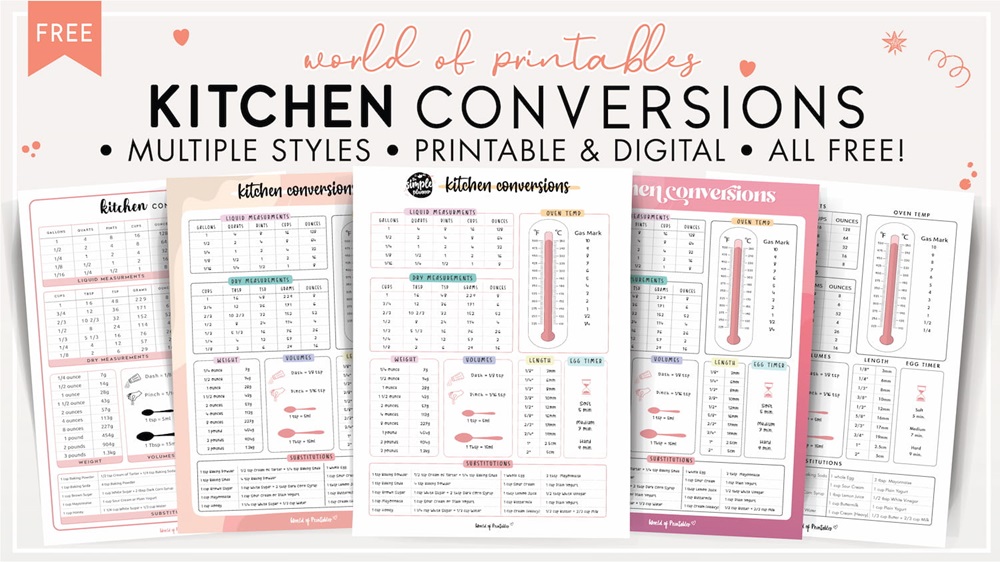Why We Even Care About Cups and Ounces
Alright, let’s get real. If you’ve ever been halfway through baking cookies and suddenly realized you don’t know if the recipe means “cups” or “ounces,” you know the panic. I’ve been there. One time, I used way too much flour because I guessed wrong. The cookies came out looking like tiny bricks. My brother still jokes about “cement cookies” whenever I try to bake.
That’s why this whole cups to ounces thing matters. It’s not just numbers—it’s the difference between fluffy pancakes and chewy glue.
The Basics of Cups to Ounces
Let’s strip it down. Cups measure volume. Ounces can mean weight or volume depending on the ingredient. And that’s where it gets tricky.
- 1 cup of water = 8 fluid ounces
- 1 cup of flour = about 4.5 ounces by weight
- 1 cup of butter = 8 ounces (because fat is heavier, and life is unfair)
I once thought ounces were always the same. Nope. Big mistake. Made soup once where I doubled the broth by accident because I messed up the cups to ounces math. Tasted like salty ocean water. My dad pretended to like it, but his face told the truth.
Quick Cups to Ounces Conversion Chart
Here’s the kind of chart you tape inside a cupboard:
- 1/4 cup = 2 ounces
- 1/3 cup = 2.67 ounces
- 1/2 cup = 4 ounces
- 1 cup = 8 ounces
- 2 cups = 16 ounces
Pretty straightforward, right? Until you throw in flour, sugar, rice, or—oh boy—cheese. Cheese doesn’t play by the rules.
Flour and the Cups to Ounces Mess
Flour is like that kid in class who never follows instructions. A cup of flour? Could weigh 4 ounces if scooped lightly or almost 6 if packed tight.
I still remember my grandma smacking my hand with a spoon and saying, “Don’t pack the flour!” She was right. Packed flour ruins bread. My first loaf came out so dense it could’ve been a doorstop.
Sugar, Rice, and Other Sneaky Ingredients
- Granulated sugar: 1 cup = 7 ounces
- Brown sugar: 1 cup (packed) = 8 ounces
- Rice: 1 cup uncooked = 6.5 ounces
It feels like every ingredient has its own mood swings. Honestly, learning cups to ounces is less math and more like learning personalities.
When Fluid Ounces Aren’t the Same
This one got me once and I still roll my eyes about it. Fluid ounces measure liquid volume, not weight. Which means:
- 1 cup of milk = 8 fluid ounces = about 8.6 ounces in weight
- 1 cup of oil = 8 fluid ounces = about 7 ounces in weight
It’s like saying “I walked a mile” but not telling anyone if it was uphill both ways. The details matter.
Everyday Kitchen Examples
Alright, let me paint a few kitchen pictures:
- You’re making coffee. 1 cup of water = 8 ounces. Easy.
- Pancakes? 2 cups of flour = around 9 ounces. Don’t mess that up or you’ll have rubber pancakes.
- Mac and cheese? 2 cups of dry pasta = about 8 ounces. Then it expands into that glorious cheesy heaven.
I once poured in “2 cups” of uncooked pasta without realizing it doubled after cooking. Let’s just say… leftovers for days.
Why Cooks Argue Over Cups to Ounces
I’ve seen full-blown debates online about whether you should weigh or scoop. It’s almost like sports fans fighting about teams.
Some folks swear: “Always weigh. It’s precise.”
Others are like: “Nah, scooping is fine, recipes are forgiving.”
Honestly? Both are right. I weigh when baking because bread has attitude. But if I’m making chili, I just eyeball it.
A Silly but True Fact
Did you know back in old England, recipes used random stuff like “a knob of butter” or “a gill of ale”? Imagine trying to convert that into cups to ounces. I’d lose my mind. Though, honestly, a “knob of butter” sounds kinda fun.
My Embarrassing Moment With Measurements
This feels dumb to admit, but here we go. First time I hosted dinner, I misread cups to ounces for rice. I thought 1 cup was 8 ounces of uncooked rice. Spoiler: it wasn’t. I ended up with a massive pot of mushy rice that could’ve fed a small army. My friends still laugh about “the rice flood of 2017.”
Dry vs. Liquid Cups to Ounces
- Dry measuring cups: meant for flour, sugar, rice
- Liquid measuring cups: meant for milk, water, oil
I once used a coffee mug instead of either. I was lazy. And then… well, it just—didn’t go well.
Cups to Ounces: The Handy Table (Dry Ingredients)
- Flour: 1 cup = 4.25 ounces
- Sugar (granulated): 1 cup = 7 ounces
- Brown sugar: 1 cup = 8 ounces (packed)
- Oats: 1 cup = 3 ounces
Funny thing? My mom never used charts. She just “felt” the measurement. Like some kitchen wizard. I’d ask, “How do you know?” and she’d shrug.
Cups to Ounces for Liquids
- Water: 1 cup = 8 ounces
- Milk: 1 cup = 8.6 ounces
- Honey: 1 cup = 12 ounces (sticky chaos)
- Oil: 1 cup = 7 ounces
Pro tip: spray the measuring cup with a little oil before filling with honey. Otherwise, you’ll spend ten minutes scraping it out with a spoon. Learned that the hard way.
Why Ounces Feel So Confusing
Ounces are sneaky. Sometimes they’re about weight. Sometimes they’re about volume. No wonder so many people mess up cups to ounces conversions.
It’s like when someone says “I’ll be there soon.” Do they mean 5 minutes or 45? Depends on the person. Same with ounces.
Random Childhood Memory
When I was a kid, I thought “ounces” sounded like “ounces of bounce.” So I’d run around saying, “I’ve got 8 ounces of bounce!” My parents thought I was just hyper. Turns out, I was. Sugar rushes will do that.
How Pros Handle It
Chefs? They weigh everything. It looks so serious, like a science experiment. But honestly, it works. If you want perfect bread or cake, grab that scale.
If you’re just making stew for yourself? Relax. Cups to ounces conversions are good enough.
Why This Still Trips Me Up
Confession: Even writing this, I had to double-check my notes. Cups to ounces conversions are like that one friend who always changes their story. Sometimes it’s right, sometimes it’s close enough, sometimes it makes no sense.
My “Spilled Coffee” Moment
I actually wrote part of this article on a notepad first. Then I spilled coffee on it. Classic me. Looked like a Rorschach test afterward. I swear I saw the shape of a measuring cup in the stain. Maybe it’s a sign.
Odd Comparison That Stuck With Me
Converting cups to ounces feels kinda like translating slang into another language. Like, you can get it right, but sometimes it still feels off. One wrong move and suddenly “cool” means “cold.”
The Final Cups to Ounces Shortcut
If you forget everything else, just stick to this rule:
- 1 cup = 8 ounces (for liquids)
- For dry stuff, look it up. Every ingredient is its own beast.
I mean, unless you enjoy risking brick-cookies like I did.
Wrapping It Up
So yeah, cups to ounces is messy, confusing, and weirdly personal. But it’s also part of the fun of cooking. You mess up, you learn, you laugh (or cry, depending on how bad the cookies turn out).
And hey, next time someone panics about a recipe measurement, you can be the hero with your handy conversion knowledge. Or at least the one who doesn’t flood the kitchen with rice.


